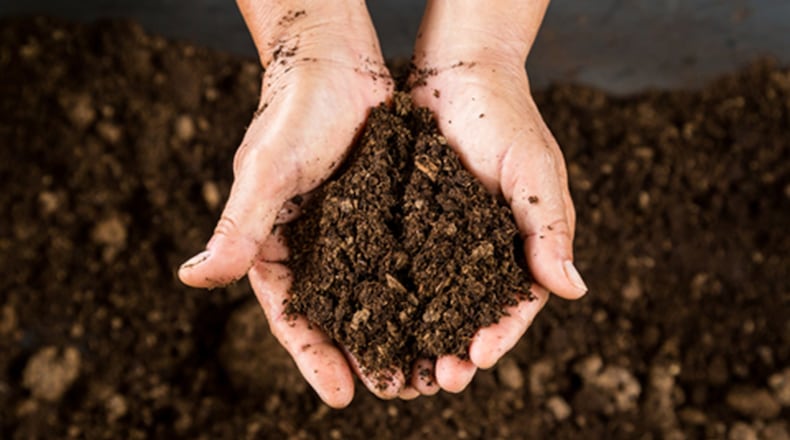Q: Can you please tell me what is the difference between peat moss and mulch? Both are advertised on the packaging to do the same thing: hold moisture, add nutrients to the soil and it's good for the plants' well-being. Mulch is not easy to put down, as it is very wet, whereas I can just grab a handful of peat moss at a time and easily place it around the plant. Can you please let me know your comments on when to use these treatments and which is better?
A: The term mulch technically refers to any material used to cover the soil. This could be pebbles or gravel, plastic sheeting, shredded tires or organic mulch, such as compost (my No. 1 choice), pine needles, shredded bark or wood chips. Obviously gravel, although effectively performing the mulch functions of suppressing weeds and slowing moisture evaporation from the soil surface, has a different effect on plants than do organic mulches. When you and I (and most gardeners) refer to mulch, we're referring to shredded hardwood bark, so that's how I'm using the term here.
Peat moss may have a place as a component of potting mix used in containers (mostly because it’s lightweight), but I wouldn’t recommend using it as a mulch. Here’s why:
Mulch can and should be applied as a top dressing. Peat moss should be mixed into soil. Top dressing with peat is a bad idea because wind will blow it around and rain will harden it.
— Mulch nourishes the soil as it breaks down. When well-incorporated into soil, peat can aid nutrient availability, but it contains little or no nutrients of its own.
— Mulch is superior to peat moss at suppressing weeds.
— Mulch is usually made from local hardwoods and doesn’t travel far. Peat moss is harvested from bogs, wetlands where dead plant material has collected, and often travels long distances to be sold.
— Peat bogs are important ecosystems, and stripping them of moss is not considered sustainable.
Q: I have purple plum trees, some of which have died a slow death. Others are getting there. It seems year after year, branch by branch, they lose their leaves and die. What is this illness and what can be done, if anything? —
A: Purple-leaf ornamental plum trees, while striking in the landscape with their deeply colored foliage and spring blossoms, are susceptible to a host of problems. You don't say how old your trees are, but you should know the purple plum's life span is a relatively short 20 years.
Cankers, galls, fungi, mildews, viruses and bacteria tend to target these trees, with black knot disease and Cytospora canker among the most common afflictions. Although viruses aren’t typically fatal, bacterial and fungal diseases can be. If your trees are not approaching the end of their expected life, I recommend calling a certified arborist for a proper diagnosis. In the meantime, avoid applying nitrogen fertilizer around trees, even on nearby lawns; clean up any fallen leaves and debris from around trees, as they can infect the soil; and avoid overwatering.
About the Author
Keep Reading
The Latest
Featured


